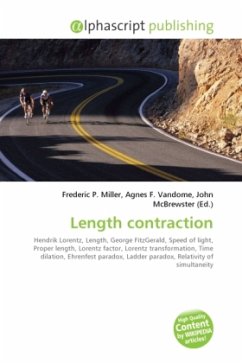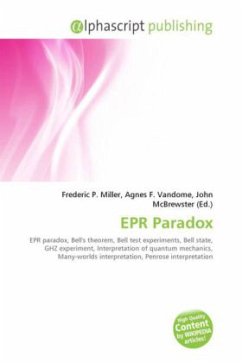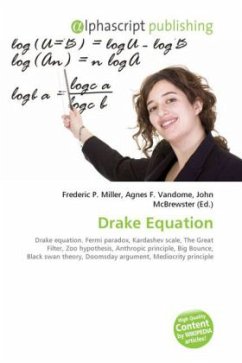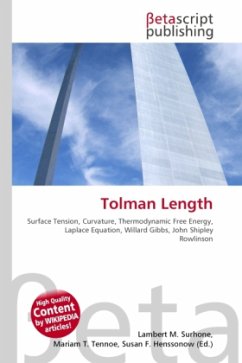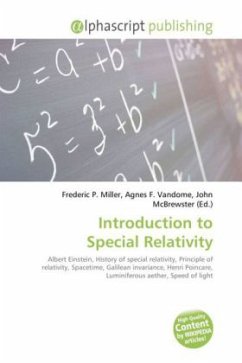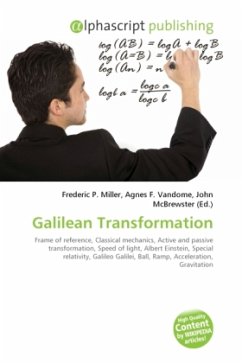Length contraction, according to Hendrik Lorentz, is the physical phenomenon of a decrease in length detected by an observer in objects that travel at any non-zero velocity relative to that observer. This contraction (more formally called Lorentz contraction or Lorentz Fitzgerald contraction) is usually only noticeable, however, at a substantial fraction of the speed of light; and the contraction is only in the direction parallel to the direction in which the observed body is travelling. This effect is negligible at everyday speeds, and can be ignored for all regular purposes. It is only when an object approaches greater speeds, that it becomes important. At a speed of 13,400,000 m/s, the length is observed to be 99.9% of the length at rest and at a speed of 42,300,000 m/s still 99%. An observer at rest viewing an object travelling very close to the speed of light would observe the length of the object in the direction of motion as very near zero. Among other reasons, this suggests that objects with mass cannot travel at the speed of light.
Bitte wählen Sie Ihr Anliegen aus.
Rechnungen
Retourenschein anfordern
Bestellstatus
Storno

